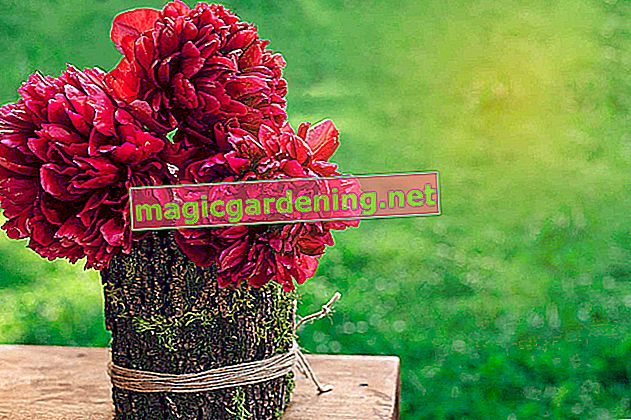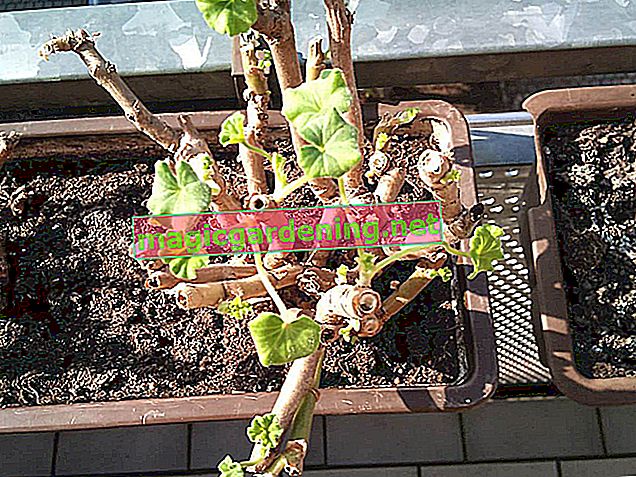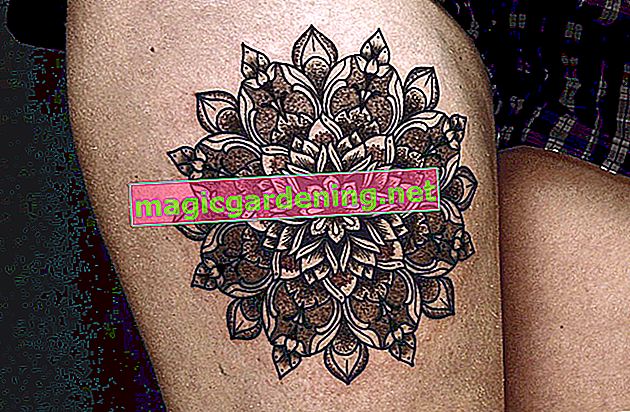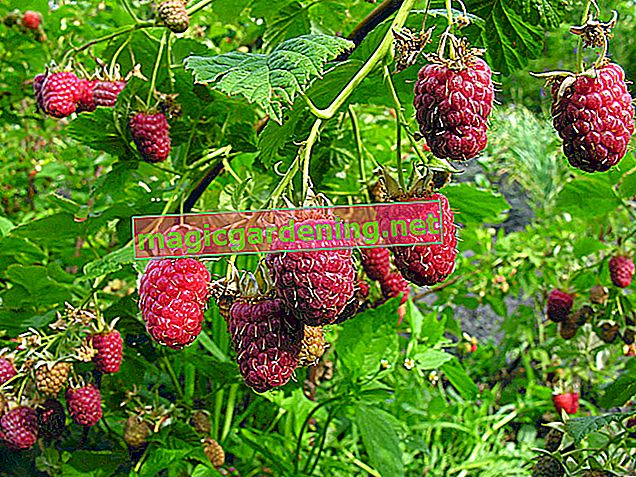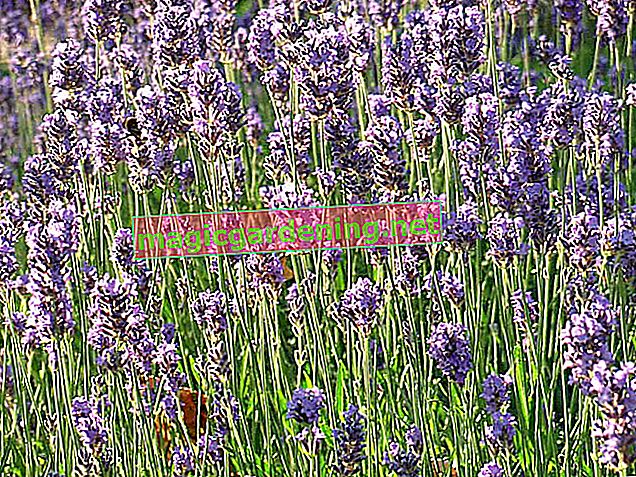
Cutting and Preparing Cuttings - How to Get It Right
Since propagation by cuttings is so promising, it is practiced by horticulturists to master gardeners. The time window for this method is open in the middle of the flowering period, when life pulsates in the butterfly bush right into the tips of the shoots. A day between the beginning of July and mid-August is ideal so that the cuttings can take advantage of the summer weather for rapid rooting. That is how it goes:
- Cut off half lignified, non-flowering head cuttings with a length of 10 to 15 cm
- Make the cut a short distance below a leaf knot
- Remove all leaves in the lower half
- Halve the top 2 to 3 pairs of leaves to reduce evaporation
also read
- Propagate privet - Propagation is so easy!
- It is that easy to multiply an efeutute
- It's that easy to propagate a Christmas cactus
If you are growing young plants from an offshoot, there is no need to invest in a rooting powder. The butterfly bush has a vital vigor that makes such aids superfluous.
Potting and caring for cuttings - this is how the roots sprout
A nursery box with a transparent lid is perfect for getting the offshoots to grow. Alternatively, you can use 9 or 10 cultivation pots (€ 14.90 at Amazon *) made of plastic, which have several bottom openings as a water drain. We recommend poor pricking soil as a substrate, one third of which is enriched with sand. Coconut fiber substrate, perlite or a mix of peat and sand are also good choices for growing offshoots. How to proceed:
- Lay a thin layer of expanded clay (€ 17.50 on Amazon *) or gravel as drainage on the bottom of the pot or seed tray
- Fill in the growing substrate (€ 9.05 at Amazon *) and leave a pouring edge free
- Use a pricking stick to pre-drill a planting hole for each offshoot
- Put the cuttings two-thirds into the ground and press them lightly
- Spray the substrate with water
- Set up in a partially shaded, warm and wind-protected location
In the propagation box, the lid is responsible for creating a warm, humid microclimate. With pots, you can do this by putting a plastic bag on top. Two long matches prevent contact between the hood and the offshoot, which could lead to rot. Until the cuttings emerge, maintenance is limited to regular watering and ventilation. Fertilizer is not administered at this stage.
As the first leaflets grow, the cover can be removed. Once the cuttings have developed a stable root system, they are planted in a bed or in a tub.
Tips
Sowing the seeds of a butterfly lilac gives us unexpected results that are not always worth seeing. Among the multi-faceted varieties, there is of course an outstanding candidate with the alternate summer lilac (Buddleja alternifolia), whose seedlings thrive in a single variety and thus have the same wonderful attributes of the mother plant.

